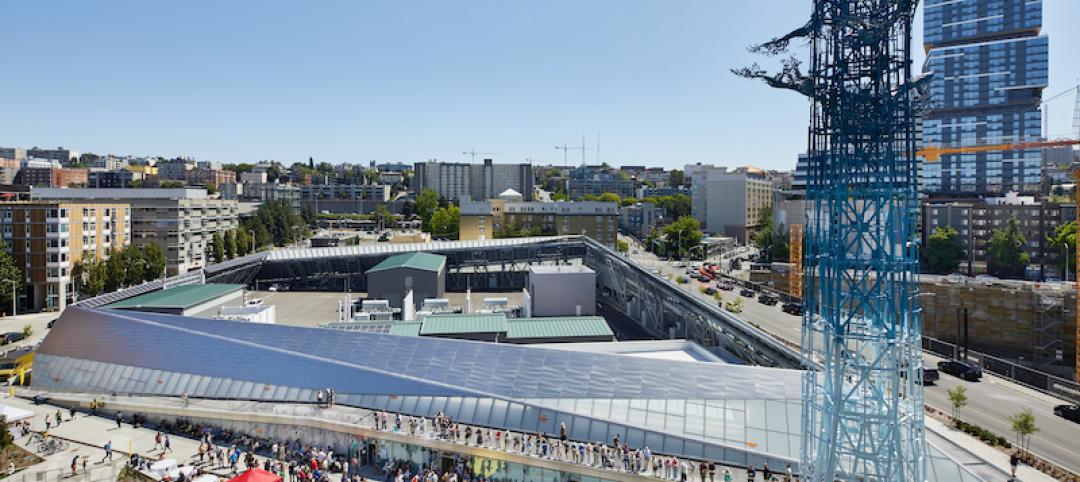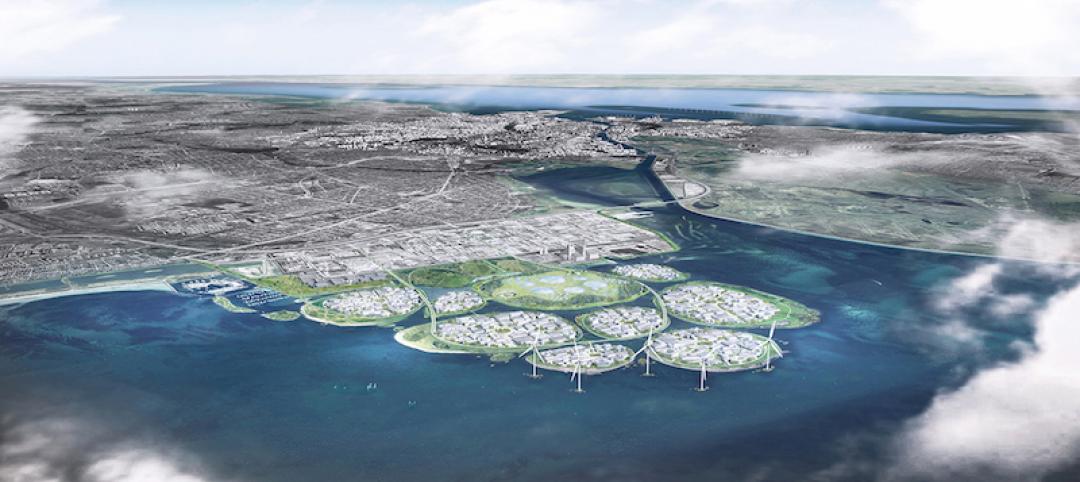Imagine you’re a visionary city leader eager to deliver the new fire station your community needs. In 2024, you secure approval for a $20 million project, aiming to break ground by 2029. But have you considered everything? Rising costs, shifting priorities, and evolving fire station trends can reshape your plans in just a few years. By the time construction begins, your $20 million budget could quickly swell to over $35 million. Without expert guidance and proactive planning, you risk ballooning costs, extended delays, and a fire station that falls short of your community’s needs. Are you ready to act before it’s too late?
Capital Improvement Plans (CIPs) typically span three to five years and outline future city projects and their costs. While they set the stage, the design and construction of these projects often extend beyond the CIP window, leading to a disconnect between the initial budget and evolving project scope. This can result in financial shortfalls, forcing cities to cut back on critical project features.
Even though city staff know their community well, they may need more experience in planning and budgeting for large-scale projects. It’s not uncommon for someone with 20 years of service to have never overseen a complete CIP. Staff might also be unaware of the latest trends and best practices in their project’s field.
Without this specialized expertise, cities risk creating space plans or programs that don’t align with budgets, modern construction practices, or emerging trends. This misalignment can jeopardize the long-term success of a CIP, leading to budget constraints and a project that falls short of expectations. A strategic, forward-thinking approach to early project planning is essential to avoid this.
Understanding how to prevent these challenges begins with examining how CIPs are traditionally handled and identifying gaps in the early planning stages.
Traditional Planning Misalignments
- Overlooked Soft Costs: Soft costs like architects’ fees, testing, or inspections are often overlooked, leading to a misaligned budget.
- Cost Escalations: Material and labor prices rise over time. Ignoring cost escalation leads to inaccurate budgets.
- Space Misestimates: Misjudging the space needed for a project impacts downstream costs.
- Lack of Contingency: A ten percent contingency fund for unexpected issues can prevent budget overruns.
These pitfalls highlight the need for a more informed process. Early architect involvement ensures accurate cost estimates, planning, and programming. Architects are adept at managing escalation, adjusting square footage, and securing grants, all of which help align scope, schedule, and budget.
To address these common pitfalls, architects’ early involvement can be the key to aligning project expectations with practical realities and setting your CIP on a solid foundation.
Early Architect Involvement
Engaging architects early in the process ensures a smoother project and better outcomes for municipalities. Architects bring expertise in cost management, phased implementation, and securing funding. By leveraging preliminary designs, architects can help obtain grants, ensuring the project stays within budget while balancing scope and schedule.
Political Alignment: CIP projects span years, often across multiple election cycles, making political alignment crucial. Architects are skilled at presenting complex projects to city leaders with clear diagrams and language that garner early support. This avoids delays and conflicts and keeps projects on track as political leadership evolves.
Holistic Approach: Architects take a big-picture view, helping clients minimize scope creep and prioritize phases for long-term success. Planning critical design elements early ensures projects are budgeted correctly and aligned with evolving priorities, leading to more efficient and strategic project execution.
Even with political support and a big-picture approach, obstacles to early architect involvement still need to be addressed. However, smart strategies can overcome these.
Overcoming Obstacles to Architect Involvement
Concerns about the time and cost of hiring architects for CIP development can be effectively addressed with thoughtful planning:
- Time-Related Challenges: Utilize the city’s On-Call Architecture roster to expedite selection, minimizing delays.
- Initial Costs vs. Long-Term Savings: Although hiring an architect may seem costly upfront, the long-term savings through reduced delays, fewer revisions, and smoother implementation far outweigh the initial expenses.
Architect involvement complements traditional in-house CIP methods, resulting in more efficient processes and better project outcomes. Now that we’ve discussed navigating these challenges let’s explore the tangible benefits that early architect involvement can bring to your city’s CIP projects.
Benefits of Early Architect Involvement
To fully realize the value architects bring, municipalities should take the following steps:
1. Review Upcoming Projects: Assess the projects in your CIP pipeline that could benefit from architectural insight.
2. Engage an Architect Early: Connect with an architect early in the CIP development phase to receive critical feedback.
Early involvement of architects provides insights into programming, accurate project costs, design, construction schedules, and cost escalation management. However, gaining political support is also essential to ensuring the long-term success of these projects, and architects play a crucial role in this aspect.
Gaining Political Support
Presenting clear, visually compelling diagrams alongside persuasive narratives is critical to securing political backing. Politicians must see how the project’s scope aligns with budget constraints while delivering tangible value to the community. Political support, along with funding, is crucial to the success of any project. Leveraging grant opportunities and incorporating early design studies can significantly enhance the project’s appeal and feasibility.
Leveraging Grant Opportunities
- Preliminary studies developed through CIP programs can be instrumental when applying for grants.
- This helps secure vital state and federal funds early in the process.
- Building political capital from the start by demonstrating fiscal responsibility and project viability is critical for success.
To make this integration seamless, municipalities can streamline architect involvement through practical steps that simplify the process.
Streamlining Architect Integration in Municipal Processes
Municipalities looking to optimize their planning and development by incorporating architects should follow these steps:
1. Establish an On-Call Roster: If your city doesn’t already have one, create a roster of qualified architects to ensure rapid access to expertise.
2. Issue a Public RFP: Launch a Request for Proposals (RFP) that prioritizes experience in master planning and programming. Carefully evaluate submissions to identify firms that align with the city’s long-term goals.
3. Set Clear Deliverables: Define timelines and deliverables within the architect’s scope of services to ensure accountability.
Many cities now use on-call or as-needed architecture rosters to address time constraints. Alternatively, consider a mini-RFP specifically for capital improvement planning services. Ultimately, these steps minimize delays and ensure cities get the best value for their investment, setting the stage for long-term success.
Minimizing Delays and Maximizing Value
Engaging architects early in the process helps avoid delays and minimizes the need for excessive value engineering, which can disrupt project timelines. This upfront investment in early collaboration prevents costly setbacks and ensures a smoother project delivery. Building strong partnerships between architects and municipalities reduces delays and lays the groundwork for long-term success in urban planning and development.
Building Long-Term Partnerships
The best architects aim to build lasting partnerships with municipalities. They invest in the city’s success and become trusted collaborators. This approach leads to more thoughtfully planned, efficiently executed projects that benefit elected officials, city staff, and the public.
Involving architects early in planning capital improvement projects is a forward-thinking strategy that ensures alignment between vision, budget, and long-term community goals. By engaging expert insights from the outset, cities can navigate challenges such as cost escalation and shifting priorities while focusing on delivering high-quality, impactful projects. Early architect involvement streamlines the process and helps build enduring partnerships between municipalities and design professionals, creating the foundation for building resilient, forward-thinking communities.
Related Stories
Reconstruction & Renovation | Oct 7, 2019
Central Park’s Lasker Rink and Pool to undergo $150 million restoration project
The project will be the largest the Central Park Conservancy has ever undertaken.
Cultural Facilities | Aug 28, 2019
Seattle’s newest substation doubles as a civic amenity
The Denny Substation includes 44,000 sf of open space that invites local residents and visitors to frequent the complex.
Codes and Standards | Aug 27, 2019
Slower speed limits in urban areas offer multiple benefits
Improved safety, better adoption of electric scooters and autonomous vehicles are possible if drivers ease off the accelerator.
Urban Planning | Aug 27, 2019
Pop-up parks revitalize empty lots
Pop-up parks that provide instant open areas for public use and programming can revitalize under-utilized spaces and add vibrancy to neighborhoods.
Urban Planning | Jul 8, 2019
U.S. cities experience ‘Doppler shift’ in walkable urban development
The walkability trend is spreading to urbanizing suburbs.
Urban Planning | May 28, 2019
Henning Larsen wins competition to build Chinese leisure city
5.5 million sf waterfront district to be built in Shenzhen, China.
Urban Planning | Mar 1, 2019
What happens when downtown doesn’t stay downtown? The ripple effects of a strong center city
A new report from the International Downtown Association measures the true value and lasting impact of downtowns and center cities.
Urban Planning | Feb 6, 2019
Svigals + Partners to design a memorial garden for victims of gun violence
The park will be located in New Haven, Conn.
Sustainability | Jan 30, 2019
Denmark to build nine industrial, energy-producing islands surrounded by a ‘nature belt’
The project will be located 10 km (6.2 miles) south of Copenhagen.

















